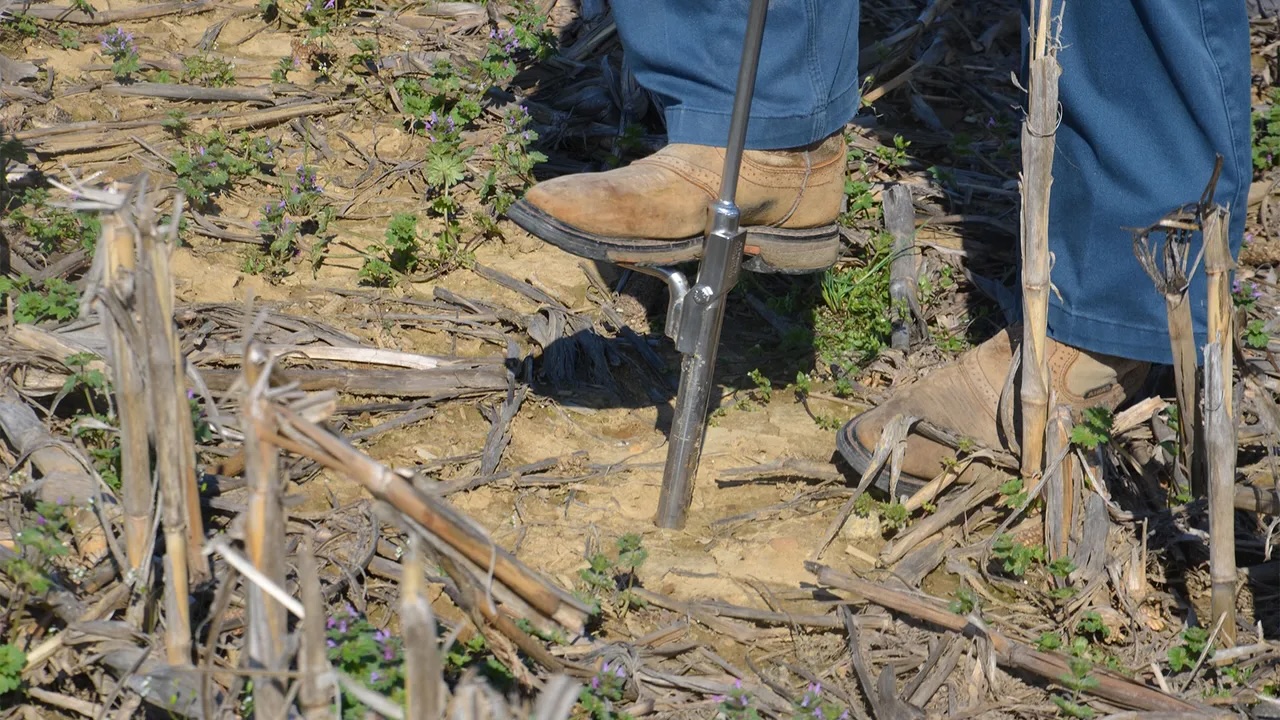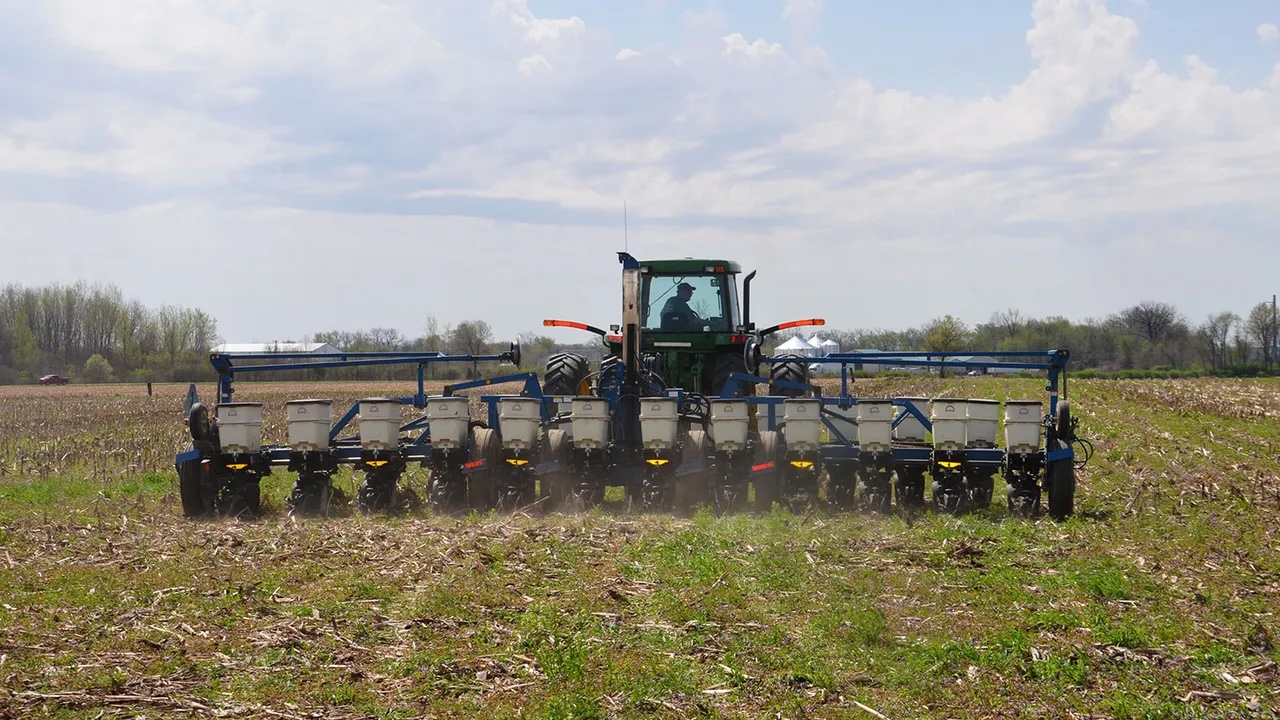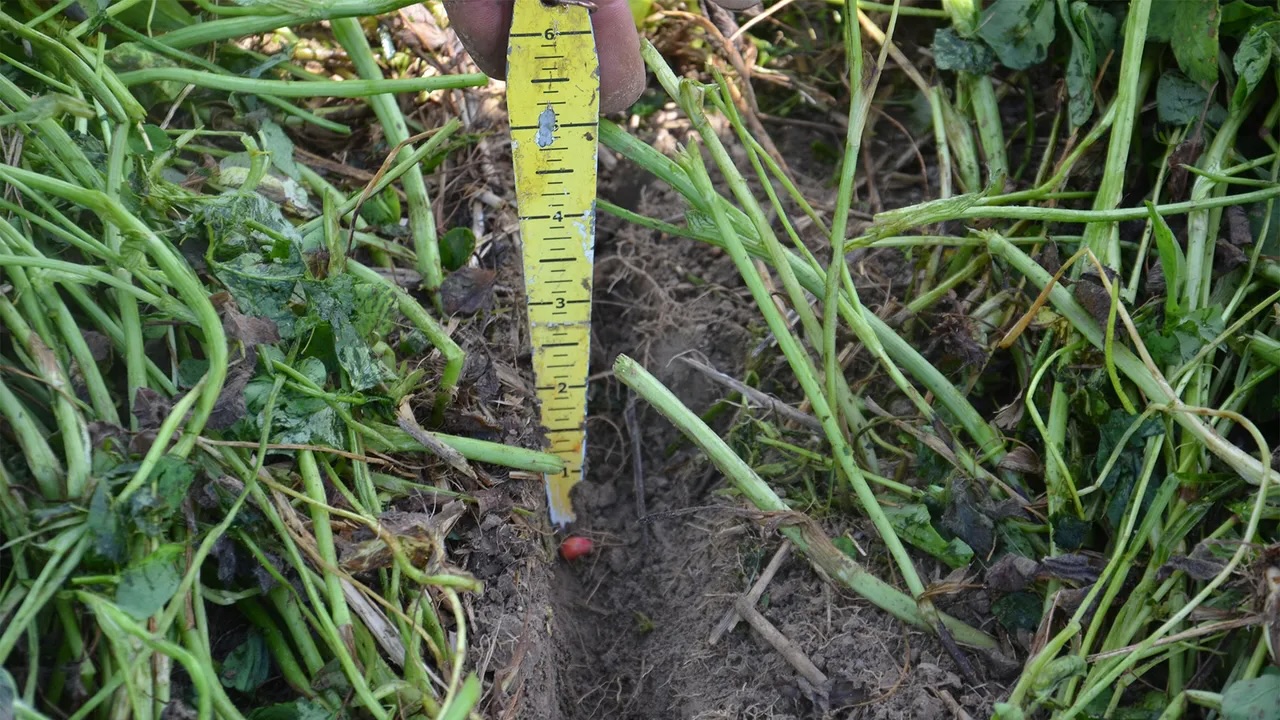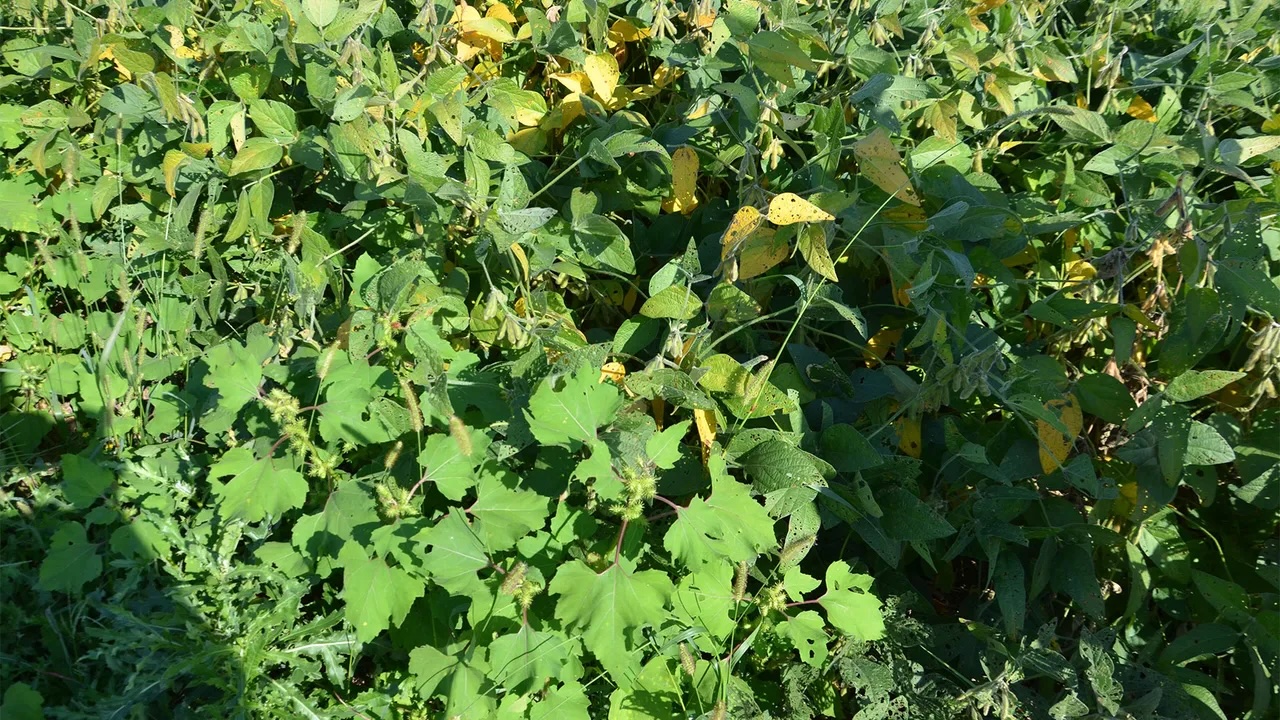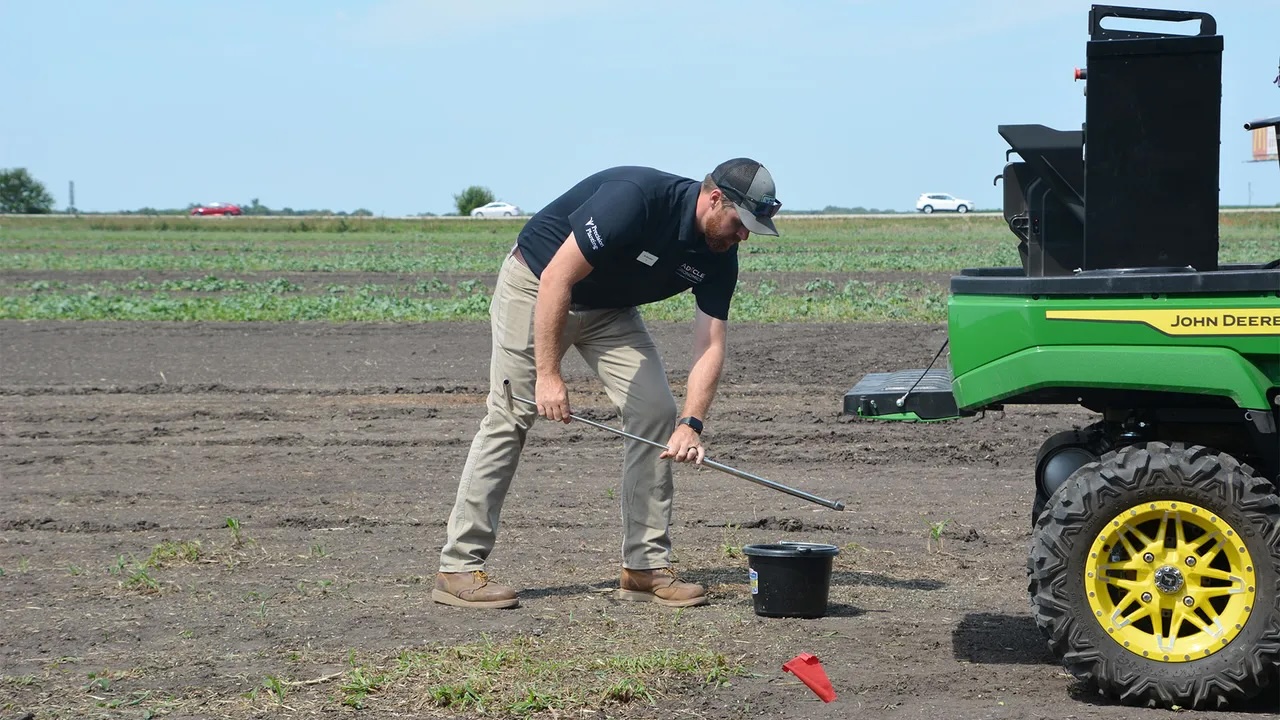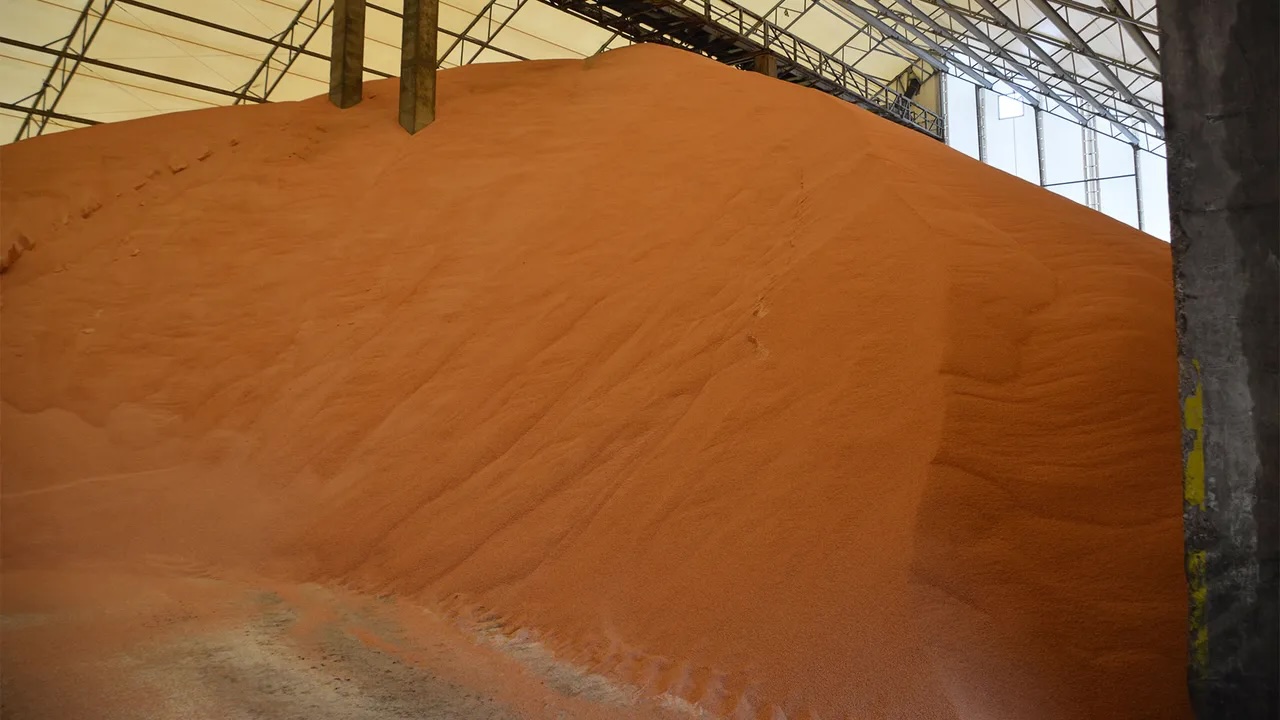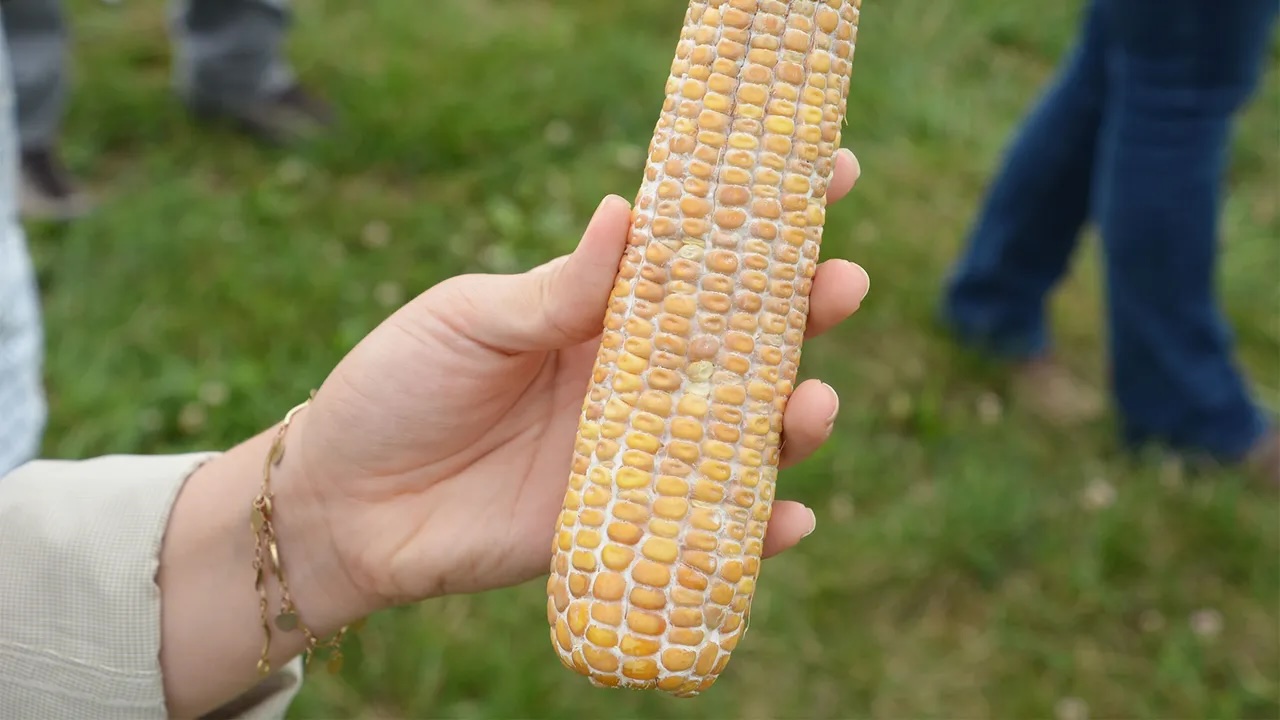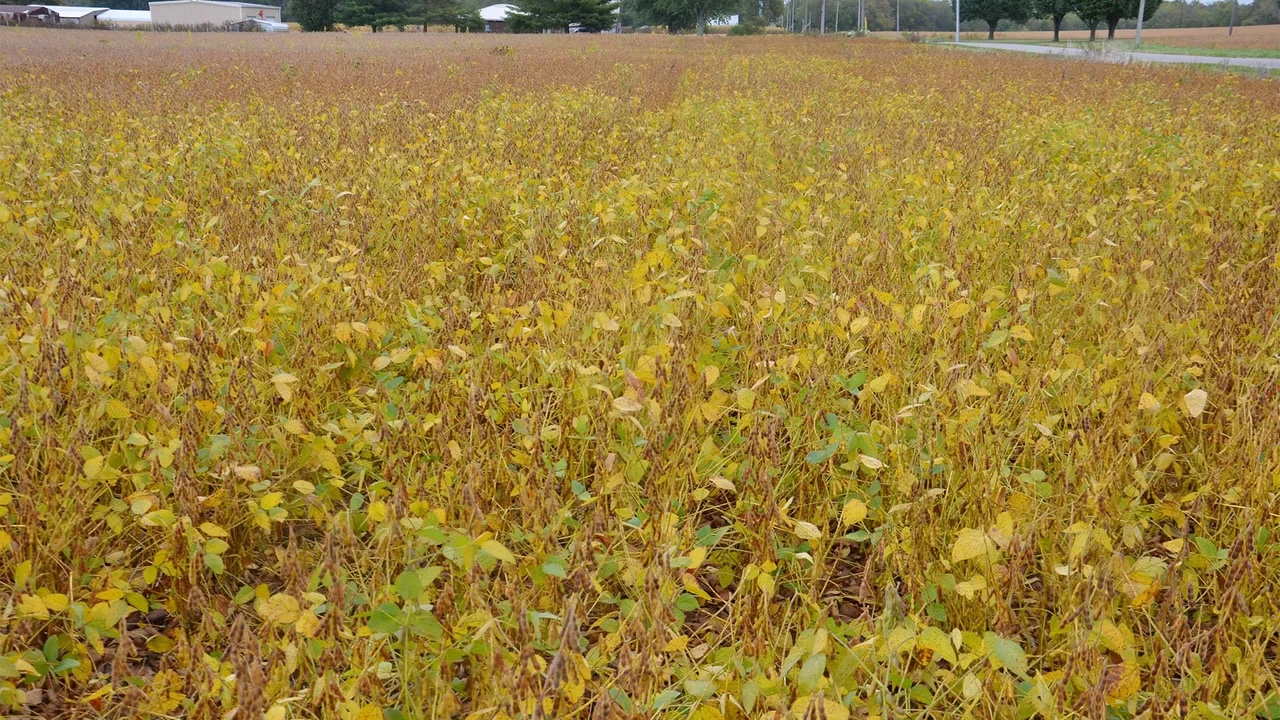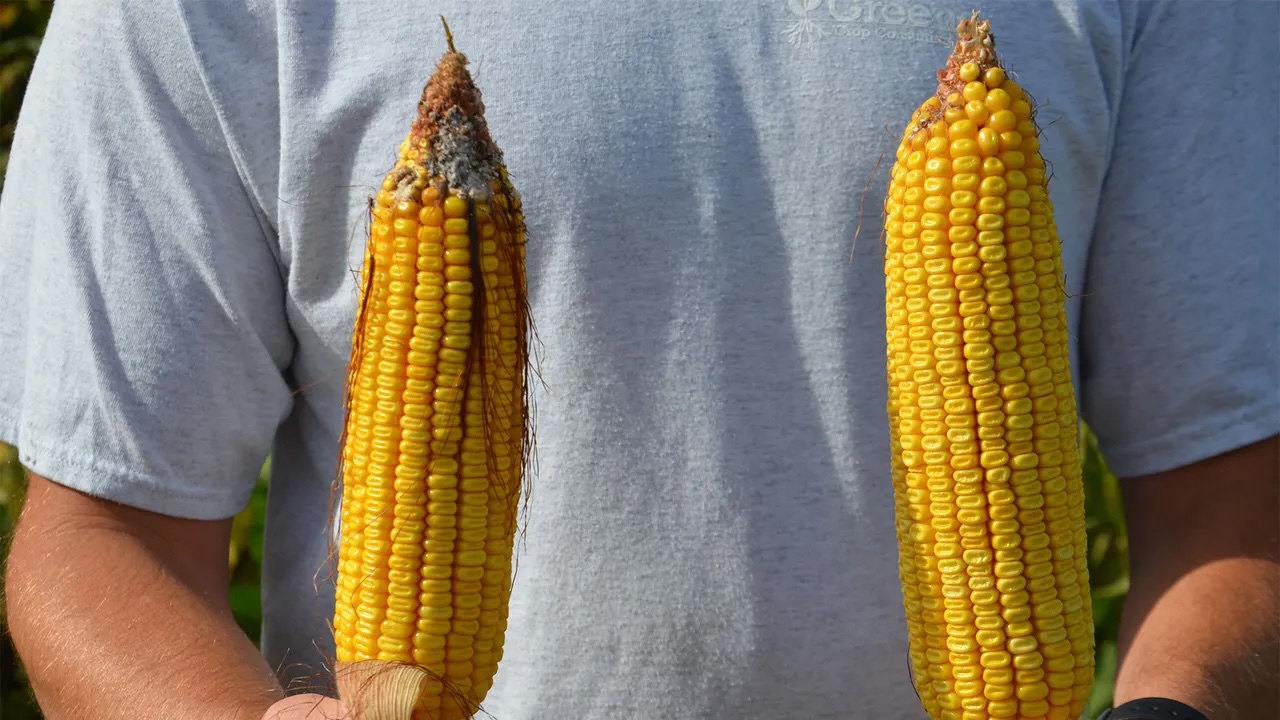Harvest at higher moisture to reduce shatter loss
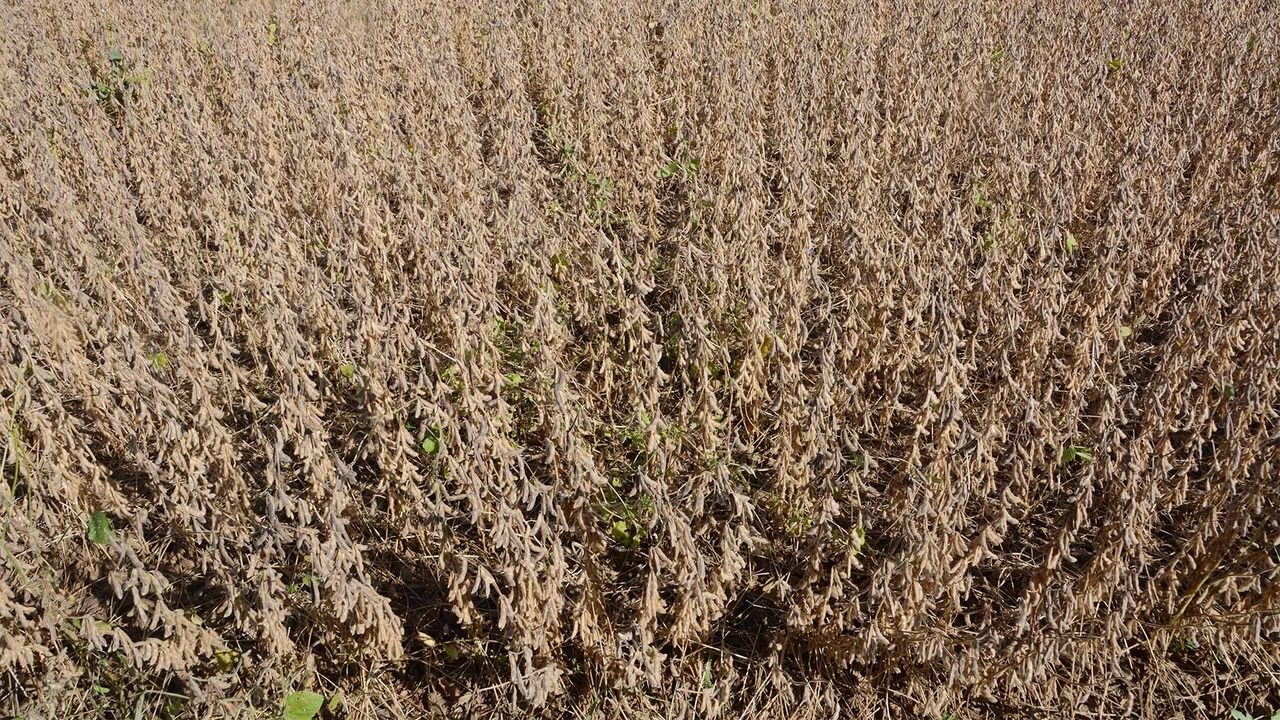
Answers are from the Indiana certified crop adviser panel: Betsy Bower, Purdue Extension senior research associate, West Lafayette; Abby Horlacher, Nickel Plate Consulting, Frankfort; and Brian Mitchem, Farmer 1st Agronomy Consulting Services, Decatur.
My brother is urging me to harvest our soybeans at a higher moisture to avoid shattering. We lose way too many bushels due to shattering, but I don’t want to go in when the moisture is too high. What is the best strategy to avoid this problem?
Bower: There is an advantage to starting harvest at 13% to 13.5% to reduce shattering. The problem is that it is very difficult to have a full day of harvesting at that moisture because soybeans can dry quickly in the field. Consider harvesting soybeans early in the day and later in the day when moisture levels are a little higher versus in the hottest, driest time of day.
Other things you can do to reduce shatter loss at the header are to slow down ground speed and reduce reel speed in relation to ground speed.
Horlacher: Begin harvesting when moisture is around 15%. This helps prevent soybeans from drying down to 9%, where shatter losses increase. Avoid harvesting on low-humidity days, when possible, as dry air can cause pods to split more easily.
Proper combine maintenance is essential for a clean harvest. Ensure knife blades are sharp and guards are properly aligned. Match reel speed with ground speed to handle plants gently. In challenging conditions, reduce ground speed to minimize additional stress on the crop.
Mitchem: Timely harvest of soybeans is important to maximize yield. Soybeans lose moisture rapidly with warm temps and low humidity once they reach maturity and can be prone to yield loss from several factors, including shatter loss. Late-season insect feeding from bean leaf beetles or stinkbugs can weaken pods and allow moisture to enter easily and increase harvest losses. Each wet and dry cycle soybeans go through after maturity will allow them to absorb moisture, swell, then dry again. Each of these wet-dry cycles can cause some loss in dry matter. This is called puffing.
There is a growing trend to harvest beans at higher moisture and dry to capture more yield. This needs further study before becoming standard practice. Weather data shows our growing season has lengthened by about 450 growing degree units vs. 25 years ago. This means we could be increasing the maturity of our crops and still have a good harvest window.
Increasing maturity spread would allow the crop to capture growing days and potentially increase yield as well as improving the harvest window.


